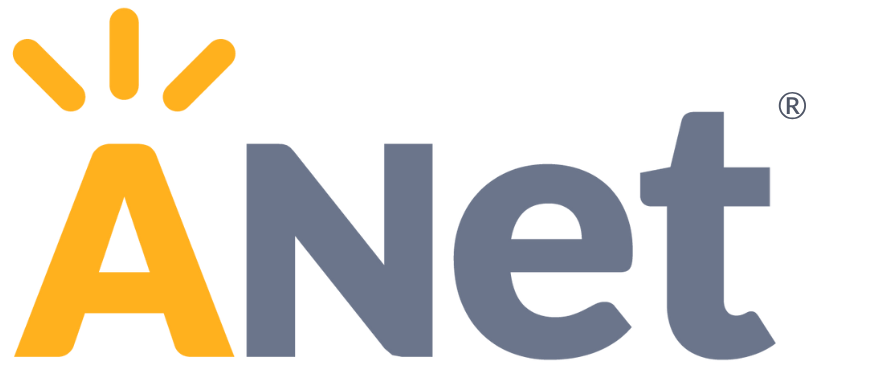Remember your favorite book from first grade? Maybe it was Frog and Toad Are Friends, Junie B. Jones, or Curious George. Whatever it was, you loved it, read it over and over, and told everyone about it.
Then, suddenly, you were in fourth grade and reading was serious. The books were harder, and you had to think, compare, contrast, write, and speak about texts. For many students, this is where their youthful enthusiasm for reading begins to fade.
It’s not just the higher reading level of the texts. It’s being asked, for the first time, to do more than simply read. But this shock can be avoided when early elementary teachers challenge young students to read, write, and speak about texts during instruction.
That’s what teachers at Liberty Elementary School in Springfield, MA do.
The Liberty team recently shifted their ELA approach from standards-based planning to text-based planning. They couldn’t be happier with the results. Students are developing a deeper understanding of texts and improving the way they speak and write about them.
“All the standards are in the novel…If you put the text first, the world gets so much bigger and the standards get so much deeper.”
—Carol Penta, 4th Grade Teacher
But here’s the key: Teachers at Liberty don’t wait until fourth grade to ask students to think, talk, and write about what they read. First- and second-grade teachers also use text-based planning to prepare their students for the high expectations ahead.
Here are two instructional practices Liberty teachers use to ensure the school’s youngest students become confident, lifelong readers.
First grade: Finding evidence in the text
It’s never too early to challenge students to reflect on, discuss, and write about books.
At Liberty, first grade teachers plan text-dependent questions that require students to go back to the text and look for evidence. Then, they have students respond to the questions in “evidence journals.” It sounds simple, but it gets students used to going back to the text in order to write predictions and inferences. See what the students wrote in this video!
“I see them using more evidence now…They know that I’m expecting it…I definitely see that they’re supporting what they’re learning by the evidence that they find in the reading.”
—Veronica Morin, Paraprofessional
Second grade: Comparing and contrasting texts
The groundwork teachers lay in first grade means that, by second grade, Liberty students are prepared to consider multiple texts at once. In planning, second grade teachers design text sets to build students’ knowledge and challenge them to compare, contrast, and synthesize key ideas across texts.
Watch this video to see how teachers created a unit about key figures in the Civil Rights movement.
“The biggest part is collaborating as a team…We start with the team, make sure that we’re agreeing on everything, and move from there.”
—Sarah Varnauskas, 2nd Grade Teacher
Teachers need support from school leaders
Transitioning to text-based planning can feel daunting. School leaders can support teachers by:
-
Carving out time for planning and collaboration
-
Providing high-quality literacy resources
-
Ensuring teachers understand the value of knowing the text deeply before teaching it
Watch Liberty’s principal, Robin Bailey-Sanchez, describe her role in supporting teachers’ transition to text-based planning.
“Because students are revisiting [texts], they’re becoming more comfortable, knowledgeable, and confident with that material because their reading ability is improving...They can read it and understand it. That part is down. So now they’re developing higher level skills. ”
